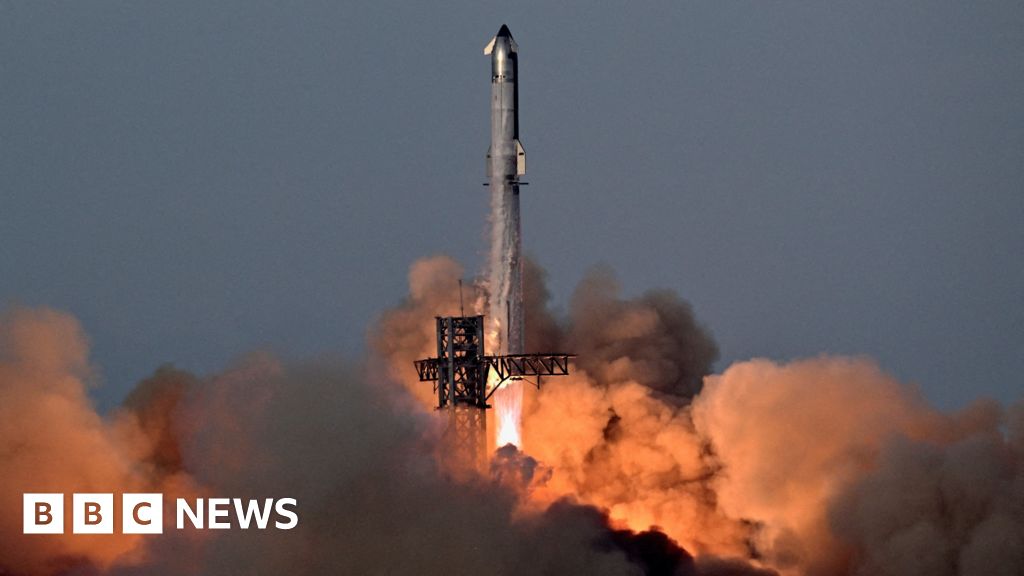CAPE CANAVERAL, Fla. — Blue Origin successfully launched its massive New Glenn rocket on Thursday, carrying two NASA spacecraft aimed at studying Mars. This mission illustrates the company's growing role in space exploration and its goals to reach the moon.
The New Glenn, measuring 321 feet, took to the skies from Cape Canaveral Space Force Station after a four-day delay caused by unfavorable weather and solar storms. The rocket's impressive launch is a significant step for Blue Origin, which is aiming for a future where the technology enables the transport of people and supplies to the lunar surface.
In a critical milestone, Blue Origin successfully recovered the rocket booster, landing it on a barge approximately 375 miles offshore. Cheers erupted from the company’s control room as Jeff Bezos watched the recovery, emphasizing the importance of reusability in cutting costs and advancing space travel.
Once separated from the rocket, the twin Mars orbiters, named Escapade, will orbit Earth for a year before their journey to Mars, scheduled for 2027. The mission, which has a budget of under $80 million, aims to capture crucial data about the Martian atmosphere and its interactions with solar wind, essential for understanding the planet's climatic shifts over time.
“We really want to understand the interaction of the solar wind with Mars better than we do now,” said Rob Lillis, lead scientist for the Escapade mission at UC Berkeley. “Having two spacecraft will offer an unprecedented stereo viewpoint.”
This mission embodies a collaboration between NASA and Blue Origin as they work towards future lunar exploration. Blue Origin's New Glenn stands as a competitor to SpaceX's rockets, focusing on advanced reuse capabilities for cost-effective space missions.

















